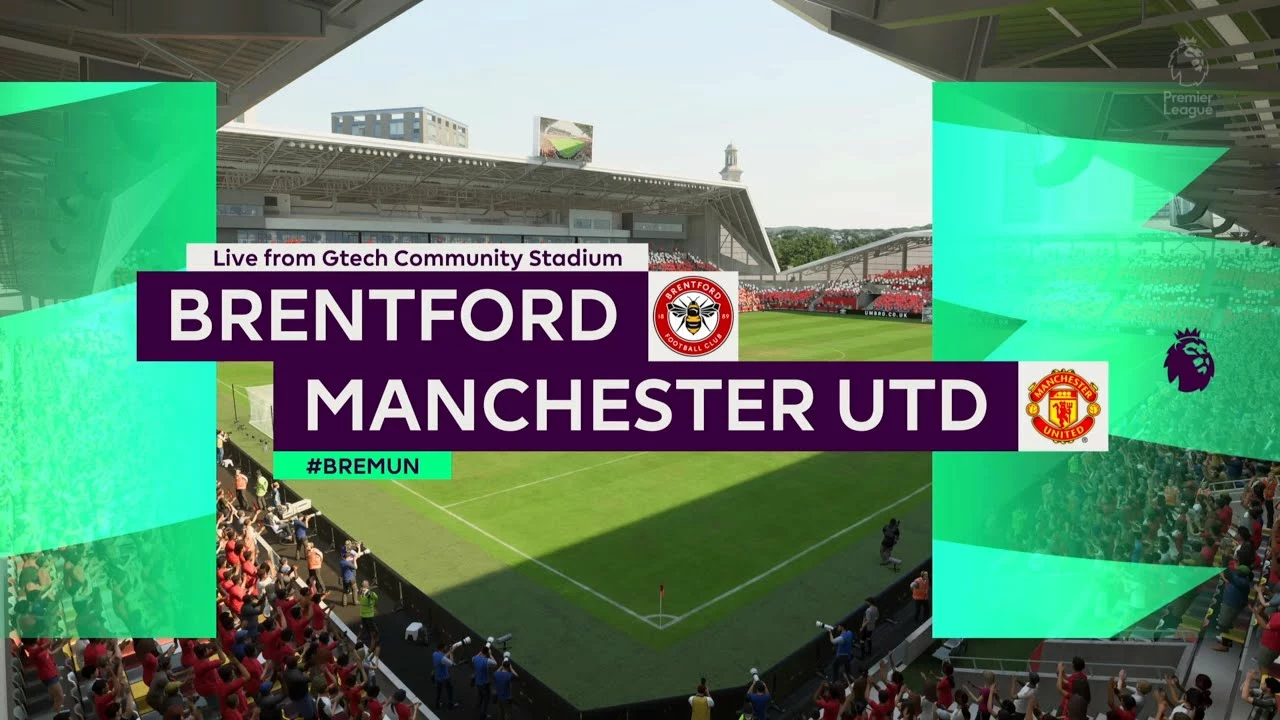Video Game Development
When exploring
Video Game Development,
the craft of turning ideas into interactive experiences that run on consoles, PCs, or mobile devices.
Also known as game dev, it blends art, design, and code to deliver playable worlds.
A common starting point for many creators is
Unity,
a cross‑platform engine that lets you build 2D and 3D games with C# scripts and a visual editor.
, especially when aiming for a
FIFA‑like game,
a soccer simulation that mirrors the mechanics and presentation of commercial titles such as FIFA.
. Beyond the engine, Unity’s Asset Store offers ready‑made stadiums, player models, and sound packs, letting you focus on gameplay rather than building everything from scratch. Early testing is crucial; a simple debug console can flag issues like a player suddenly teleporting or the ball clipping through the goal net. By treating the project like a real football team—assigning roles, reviewing tactics, and iterating after each match—you set the stage for a smooth development cycle.
Unity provides a rich asset pipeline, real‑time lighting, and a physics system that can mimic ball trajectories with surprising accuracy. Because video game development requires a solid engine, you’ll spend the first few hours learning the interface—just like scouting a pitch before a match. Once the scene is set, you import a 3D football model, attach rigid‑body components, and script player movement using C#. The engine’s Animator lets you blend walking, sprinting, and kicking animations so the on‑screen athletes feel fluid. You’ll also set up input bindings so keyboard, gamepad, or touch controls respond instantly. Unity’s Profiler helps you spot performance bottlenecks before they cause frame drops during a fast break. With these tools in place, the core loop—kick, pass, shoot—runs reliably, letting you concentrate on polish.
Beyond the engine, the programming side decides how realistic the match feels. Game programming covers ball physics, AI decision‑making, and network sync for multiplayer. A well‑tuned physics formula determines spin, bounce, and air resistance, while AI scripts choose when to pass, shoot, or press the opponent. When you build a FIFA‑like game, those AI choices directly influence player strategy, making the simulation feel like real soccer. If you aim for multiplayer, Unity’s Netcode or third‑party solutions synchronize ball position across hosts, ensuring both players see the same action. Sound design, from crowd chants to whistle blows, adds immersion; the Audio Mixer lets you balance these layers dynamically. Finally, a clean project hierarchy—folders for scripts, prefabs, and textures—keeps the team organized, much like a well‑structured coaching staff. Consequently, Football game creation influences programming decisions, and vice versa, creating a feedback loop that improves both gameplay and code quality.
What you’ll find below
This collection features step‑by‑step tutorials, code snippets, and troubleshooting tips that match the topics we just covered. Whether you’re a hobbyist setting up your first Unity scene or an experienced coder refining AI behavior, the articles ahead give practical guidance you can apply right away. Dive in and start building the next great soccer simulation.
Hey there, my tech-savvy pals! Let's dive into the thrilling world of game development, specifically, creating our very own football game, akin to FIFA, using Unity. The first step is to get familiar with the Unity interface, it's like getting to know the field before a big match! Then, we'll need to rig our footballers, making them more flexible than a gymnast at the Olympics! We'll also dabble in some coding, turning us into part-time wizards. Lastly, don't forget the importance of testing, because who wants a striker that kicks the ball backwards? Time to lace up our virtual cleats and make gaming magic happen!
